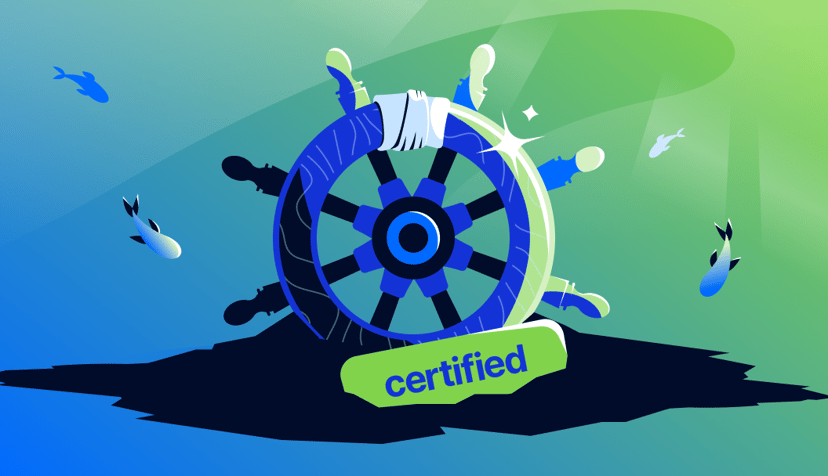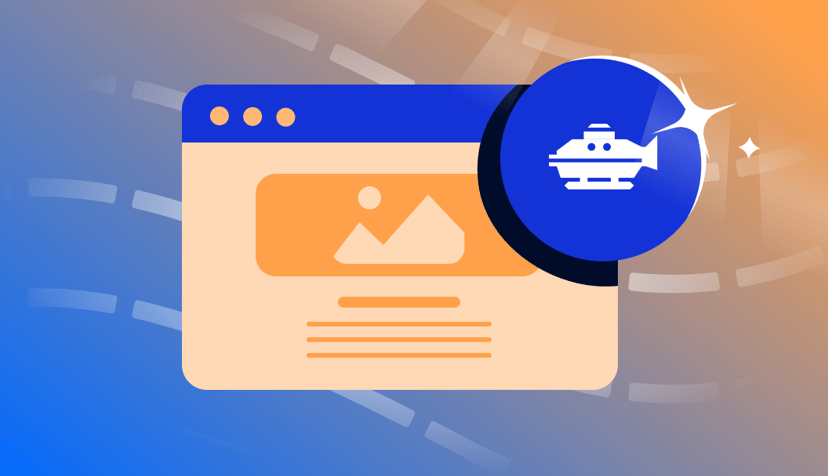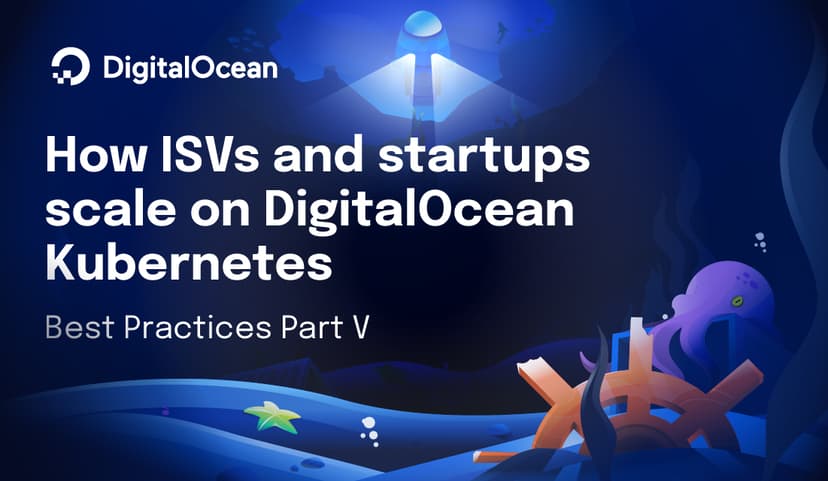Introducing the DigitalOcean OpenAPI Specification
Andrew Starr-Bochicchio
Posted: March 30, 2021•2 min read
Related Articles

Engineering
How startups scale on DigitalOcean Kubernetes: Best Practices Part VI - Security
- October 8, 2024
- 12 min read

Engineering
Introducing new GitHub Actions for App Platform
- September 26, 2024
- 8 min read

Engineering
How SMBs and startups scale on DigitalOcean Kubernetes: Best Practices Part V - Disaster Recovery
- August 14, 2024
- 7 min read